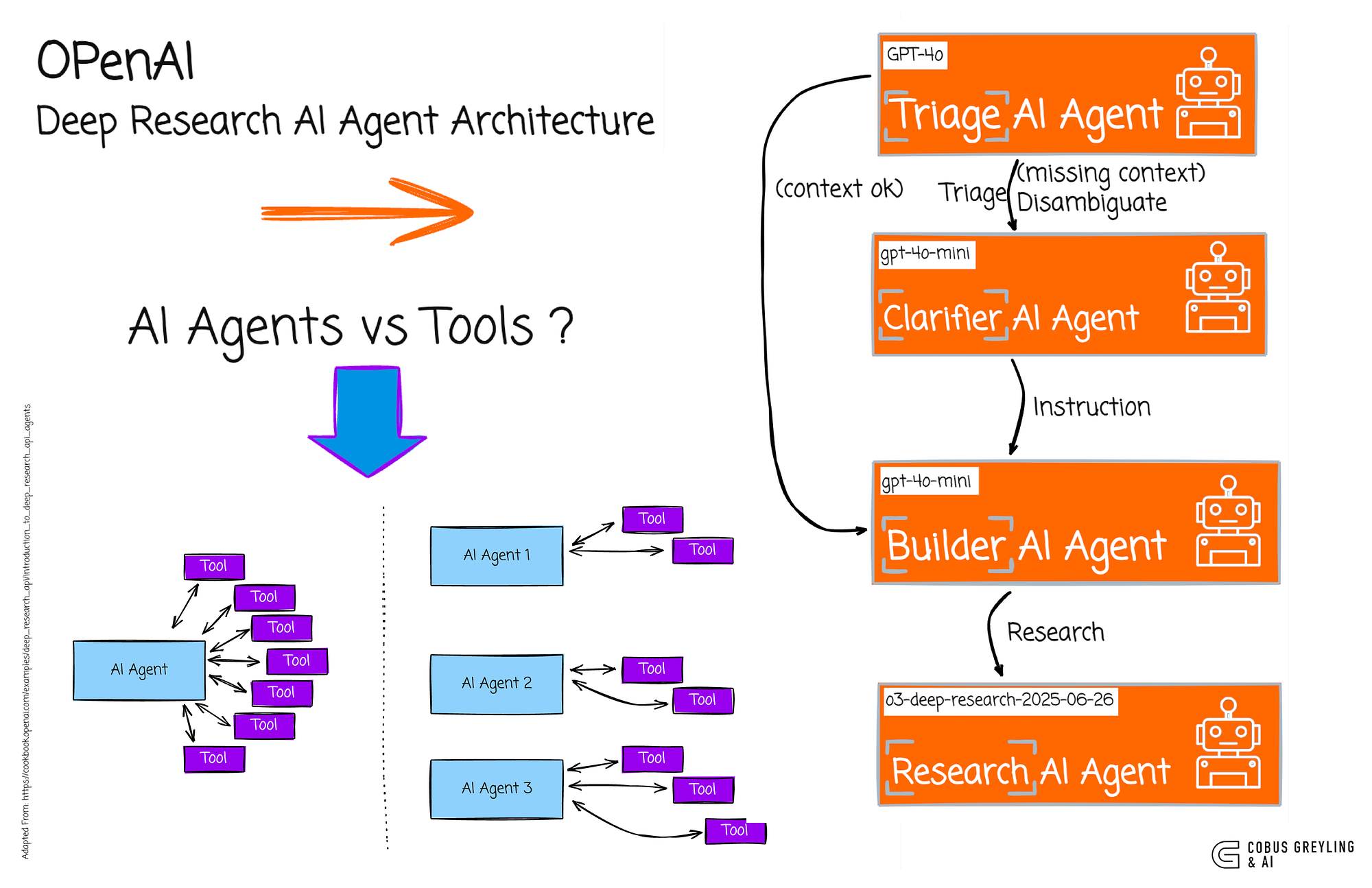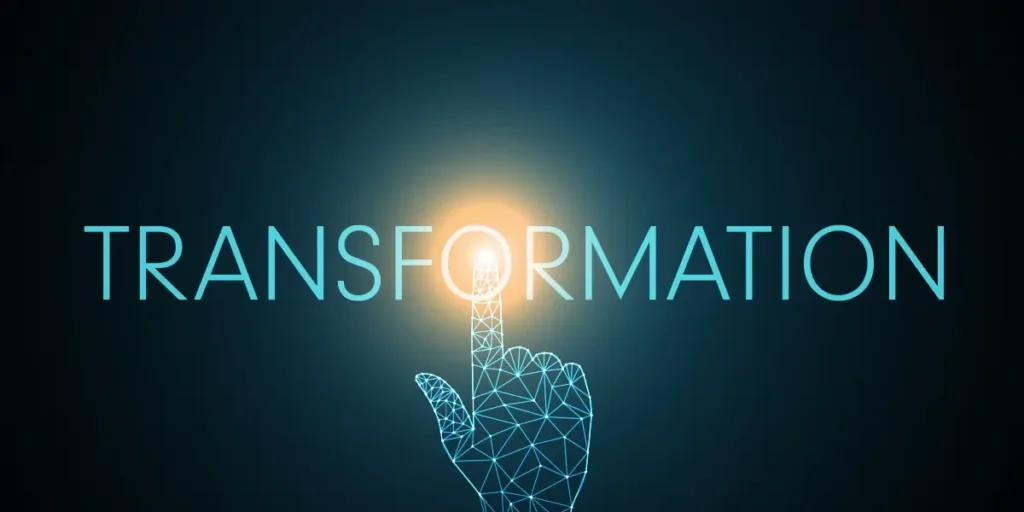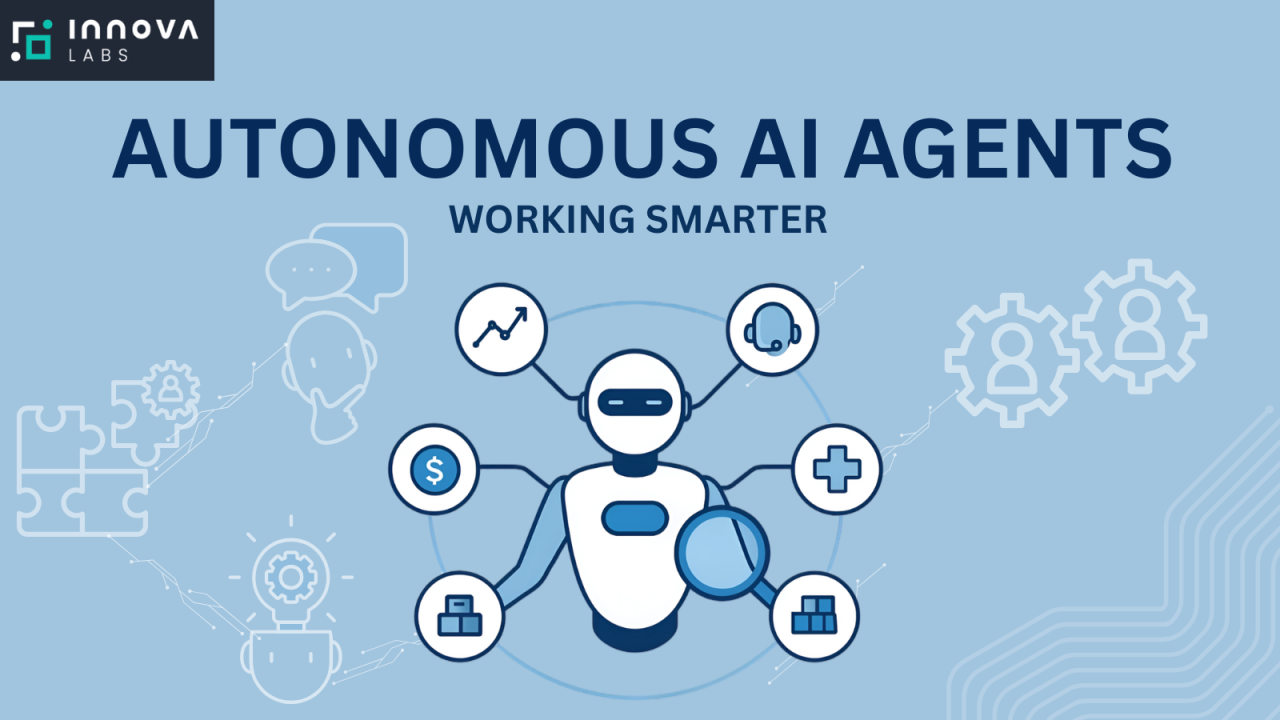DeepAgent: Unpacking the Next-Gen AI Agent Revolution
In the rapidly evolving world of artificial intelligence, autonomous agents—systems that can reason, decide, and act with minimal human intervention—are taking centre stage. One of the most noteworthy entrants in this space is DeepAgent, a sophisticated agentic architecture designed not just to chat or respond, but to discover tools, manage memory, and execute complex, long-horizon tasks. In this article, we’ll explore what DeepAgent is, what makes it technically novel, the use-cases and implications, and how it fits into the broader AI-agent ecosystem.
1. What is DeepAgent?
At its core, DeepAgent is an end-to-end general reasoning agent that emphasises three capabilities:
-
Autonomous reasoning: It doesn’t simply follow a fixed “reason–act–observe” loop; rather, reasoning, tool discovery, and action execution exist in a single unified process. arXiv+2tldr.takara.ai+2
-
Scalable tool use: Instead of being constrained to a small set of pre-wired tools, DeepAgent can dynamically discover and invoke from vast tool registries (e.g., 16,000+ RapidAPIs) in its decision-making. GitHub+2arXiv+2
-
Memory management: One of the biggest challenges in long-horizon tasks is context growth and error accumulation. DeepAgent introduces a mechanism called autonomous memory folding, which compresses past interactions into structured memory types (episodic, working, tool memory). arXiv+2Emergent Mind+2
In simpler terms: imagine an AI that not only talks, but thinks, explores, remembers, chooses the right tool at the right moment, and executes multi-step tasks with some autonomy. That’s what DeepAgent aims for.

2. Technical Innovations & Architecture
2.1 Unified Agentic Reasoning
Traditional AI agent frameworks often break up the loop: “think -> choose tool -> act -> observe -> think again”. DeepAgent instead places the reasoning and action cycle in a single stream—the model can introspect, discover tools, call them, fold memory, and continue, without explicit segmentation. Emergent Mind+1
2.2 Large Tool-set Discovery
Rather than relying on a fixed tool list or manual configuration, DeepAgent uses dense retrieval mechanisms to search large tool banks on-demand. For example, the GitHub repo mentions “16,000+ RapidAPIs” as a tool bank the agent can pick from. GitHub+1
This allows the agent to scale into open-set scenarios (where the tool it needs may not have been seen during training) and adapt dynamically.
2.3 Memory Folding Mechanism
One of the most technically interesting parts: as the agent interacts over extended time, it accumulates context (which can lead to token explosion, errors, or lost efficiency). DeepAgent deals with this by introducing a memory folding module that transforms raw interaction history into a condensed structured form:
-
Episodic Memory: Key decision points, milestones, sub-goals achieved.
-
Working Memory: Current sub-goal, ongoing task context.
-
Tool Memory: Records tool calls, results, and strategy patterns.
This memory folding reduces unnecessary token growth and helps the agent maintain coherence over long-duration tasks. arXiv
2.4 Reinforcement Learning for Tool Use: ToolPO
Training an agent to effectively pick from thousands of tools and use them optimally is not trivial. DeepAgent introduces ToolPO (Tool-Call Policy Optimisation), a reinforcement-learning strategy tailored for tool invocation:
-
Uses LLM-based tool simulators during training to avoid costly real tool invocations.
-
Fine-grained credit assignment to the tokens (tool names, arguments) which improved learning signal.
-
Demonstrated improved performance on benchmarks vs older methods. GitHub+1
2.5 Empirical Performance
DeepAgent has been evaluated on multiple benchmarks:
-
On the ToolBench benchmark it achieved a success rate of 64.0%, surpassing previous baselines (54.0%). zoonop.com+1
-
On “downstream applications” such as ALFWorld, WebShop, GAIA, the agent also showed strong performance, e.g., 91.8% on ALFWorld under certain model sizes. MarkTechPost
This demonstrates the practicality of the architecture beyond toy examples.
3. Use-Cases & Practical Applications
Because DeepAgent is built with generality in mind, it lends itself to many real-world scenarios.
3.1 Complex Research & Multi-Step Workflows
For example, an organisation can instruct DeepAgent: “Produce a 20-page report on the EV battery supply chain, gather latest data, analyse trends, summarise risk and output charts.” The agent can:
-
Search web/internally.
-
Discover and call relevant APIs/tools for data.
-
Maintain context, manage memory.
-
Generate final output.
3.2 App & Web-App Creation
Another intriguing use: building functional apps/websites from single prompts. According to one article, DeepAgent (as a product from Abacus.AI) allows users to describe what their desired app or website should do in plain language and generates code + deploys it. DeepNewz+1
This opens up possibilities for no-code/low-code automation, enabling non-developers to launch functional tools quickly.
3.3 Enterprise Automation & Workflow Agents
In enterprise settings, DeepAgent can automate repetitive, high-volume tasks:
-
Lead qualification and outreach.
-
HR pre-screening calls.
-
Inventory/price optimisation (as seen in the e-commerce “DeepAgent” product by IRP Commerce) which uses first-party merchant data (IRP Core Metrics) to detect revenue opportunities and automate trading decisions. irpcommerce.com+1
3.4 Customer-Facing AI Agents
Building chatbots or agents that not only respond but also take actions (e.g., filling forms, clicking through applications, interacting with APIs) is possible — effectively creating digital assistants that can do more than chat.
4. Why DeepAgent Matters (and Why Now)
Why is the arrival of systems like DeepAgent significant? A few reasons:
-
Scale of tool-integration: Many earlier agents were limited to a handful of functions. DeepAgent shows a path to wide-scale tool discovery and use, a major step toward truly general agents.
-
Long-horizon task capability: Real-world tasks often span many steps, decisions, and require memory across time. Incorporating memory-folding addresses a key bottleneck in earlier agents.
-
Unified reasoning pipeline: The shift from rigid “reason-act-observe” to a flexible continuous reasoning process is conceptually powerful and may lead to more robust agent behaviour.
-
Bridging research and practice: While many agents remain academic, DeepAgent shows performance gains on benchmarks and is being packaged into product-like experiences (Abacus.AI, IRP) suggesting real-world readiness.
5. Limitations & Considerations
Despite its promise, DeepAgent (and agents in general) face several caveats and challenges:
5.1 Resource & Complexity
Operating an agent that can access thousands of tools, manage memory, and reason in depth is resource-intensive (both compute and engineering effort). Small organisations may find full deployment challenging.
5.2 Tool Safety & Governance
When an agent can discover and call external tools autonomously, risk arises: unintended or unsafe tool usage, privacy or data leaks, compliance issues. Robust oversight, logging, and guard-rails are needed.
5.3 Quality & Reliability
While the benchmarks are impressive, user testing shows some real-world gaps:
“After thorough testing … Deep Agent shows promise but isn’t ready to compete with established tools … the severe limitations on tasks per day and compute points make it frustrating.” Reddit
Other users report output issues for complex tasks:
“DeepAgent created a basic website with significant issues … links didn’t work.” Reddit
These suggest that, while powerful, the technology is still maturing for general business-critical deployment.
5.4 Transparency & Interpretability
Autonomous agents reduce human control. It becomes harder to trace why a specific tool was chosen, or a given reasoning path was followed. Memory folding and internal abstraction may make debugging harder.
5.5 Cost & Licensing
Commercial deployment may require subscription, licensing, compute spend. Some trade-offs may emerge between capability and affordability (e.g., number of concurrent tasks, compute-points, model access). Reddit users flagged this. Reddit+1
6. The Competitive Landscape & Strategic Implications
Where does DeepAgent fit in the broader ecosystem of AI agents, and what does this mean for businesses?
6.1 Agent Race & Tool-Ecosystem
Many organisations are racing to build “agent platforms”: agents that can execute tasks, automate workflows, and integrate into tools. DeepAgent’s emphasis on large toolsets and general reasoning positions it as a leading architecture in this race.
6.2 Democratization of Automation
If non-developers can describe what they want and get functioning apps or agents built, this lowers the barrier for digital innovation. Businesses without large engineering teams may be able to compete.
6.3 Business Model Disruption
Agents like DeepAgent can disrupt multiple business models:
-
Traditional software development (less manual coding)
-
Consulting & agency-based automation (agents may replace some consulting work)
-
Workflow automation (agent-driven rather than rule-based systems)
6.4 Strategic Adoption for Enterprises
Enterprises that adopt DeepAgent (or similar) early may gain competitive advantages: faster time to market, lower development cost, more adaptivity. But they should invest in governance, monitoring, and change-management.
7. How to Get Started with DeepAgent
If you’re considering experimenting with DeepAgent, here’s a suggested roadmap:
-
Define a clear use-case: Choose a bounded problem (e.g., “build a website from prompt”, “automate lead outreach”) to validate the tech.
-
Prototype & pilot: Use DeepAgent (via Abacus.AI or other access) to build a minimal version of the task. Monitor outputs, review reliability.
-
Tool-inventory audit: Understand what external tool APIs the agent will access – ensure integration and security compliance.
-
Memory strategy: Decide how to manage history, memory folding, and how to inspect what the agent “remembers”.
-
Governance framework: Define logging, monitoring, escalation paths for when the agent mis-behaves or exceeds its mandate.
-
Iterate & scale: Once pilot succeeds, scale to more tasks, more users, more tool-integration, while managing cost and compute.
8. Future Directions & Research Horizon
What lies ahead for DeepAgent and agent-based AI more broadly?
-
Improved interpretability: Making the agent’s reasoning traceable, and the memory folding transparent will be key for enterprise adoption.
-
Human-agent collaboration: Agents that can hand off to humans at the right time, ask clarifying questions, and integrate human feedback in long-term workflows.
-
Multi-agent ecosystems: Rather than a single agent, multiple specialised agents collaborating (via DeepAgent-style architectures) may become common.
-
Tool economy: As agents leverage more tools, the “tool marketplace” will grow — curated tool-sets, tool reputation, safe tool invocation become important.
-
Adaptive memory & lifelong learning: Agents that not only fold memory but refine behavior over months/years, learning from their own performance and user feedback.
-
Edge/embedded agents: Bringing DeepAgent-style capabilities to resource-constrained settings (on-device, privacy-sensitive contexts) will widen adoption.
9. Summary: Why DeepAgent Could Be a Game-Changer
In summary, DeepAgent represents a significant leap in AI agent architecture for the following reasons:
-
It tackles the dual challenge of tool discovery at scale and long-horizon memory management.
-
Its architecture moves away from rigid workflows toward more fluid agentic reasoning.
-
The empirical results on benchmark tasks show meaningful improvement over previous baselines.
-
It is beginning to transition from research to product/business use-cases (via Abacus.AI, IRP).
-
For organisations and individuals willing to experiment, it opens a new frontier of automation: building apps, workflows, agents without heavy coding.
However: it is not yet a “magic bullet”. There remain questions of reliability, cost, governance, and readiness for mission-critical environments. Early adopters will gain advantage—but must proceed with caution, clear use-cases, and governance practices.
10. FAQ (Quick Answers)
Q: Is DeepAgent only for large tech-companies?
A: No — while its full power is in complex tasks with tool-integration and memory, small businesses and innovators can experiment with bounded use-cases, especially via platforms offering access.
Q: Does DeepAgent replace developers?
A: Not entirely. It reduces a lot of development overhead, especially for prototype or workflow automation. But skilled developers and architects will still be needed for integration, governance, customisation and oversight.
Q: What are the main risks?
A: Tool misuse (agent selecting or calling wrong tool), runaway costs (many tool calls, heavy memory), lack of transparency, data privacy/security issues, and potential reliability/quality issues.
Q: How much does it cost?
A: Pricing varies by platform. For instance, one article mentions the Abacus.AI version offers access at around US $10/month for a “task” bundle. university-365.com Costs will increase with scale, tool-calls, model compute.
Q: Should I adopt it now or wait?
A: If your use-case is limited (pilot, internal automation, experimental), adopting early gives a competitive edge. But for mission-critical systems you may want to wait for further maturity, benchmarking, vendor stabilisation.
Final Thoughts
DeepAgent occupies a fascinating nexus: research meets product, tool-use meets reasoning, memory meets scale. If AI agents are to become truly general-purpose, capable of long, complex tasks across changing domains, architectures like DeepAgent are a strong candidate for the next wave. For businesses and developers alike, the key is to start small, iterate fast, and build the governance and infrastructure around such agents as they mature.
For quick updates, follow our whatsapp –https://whatsapp.com/channel/0029VbAabEC11ulGy0ZwRi3j
https://bitsofall.com/https-yourblogdomain-com-microsoft-releases-agent-lightning/





